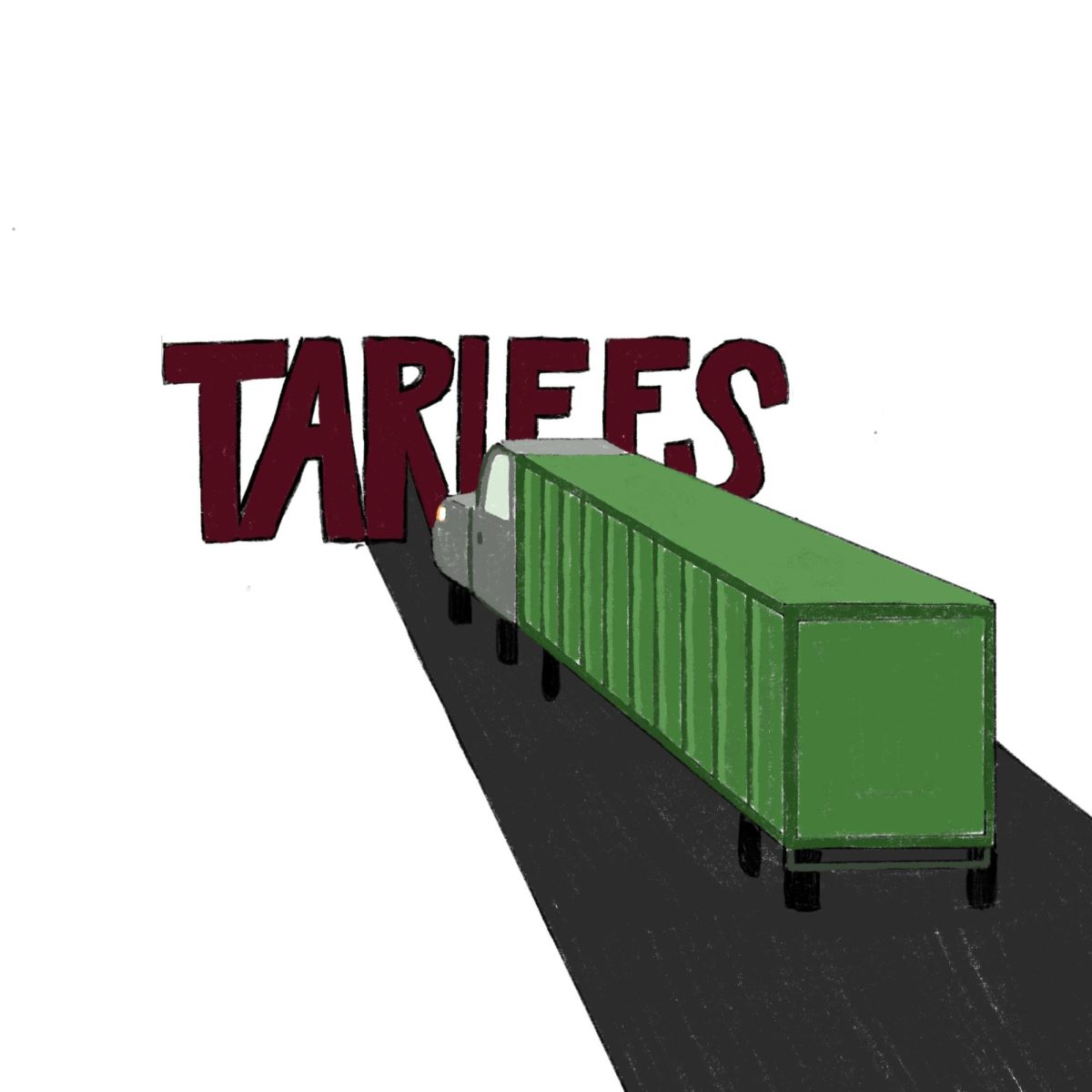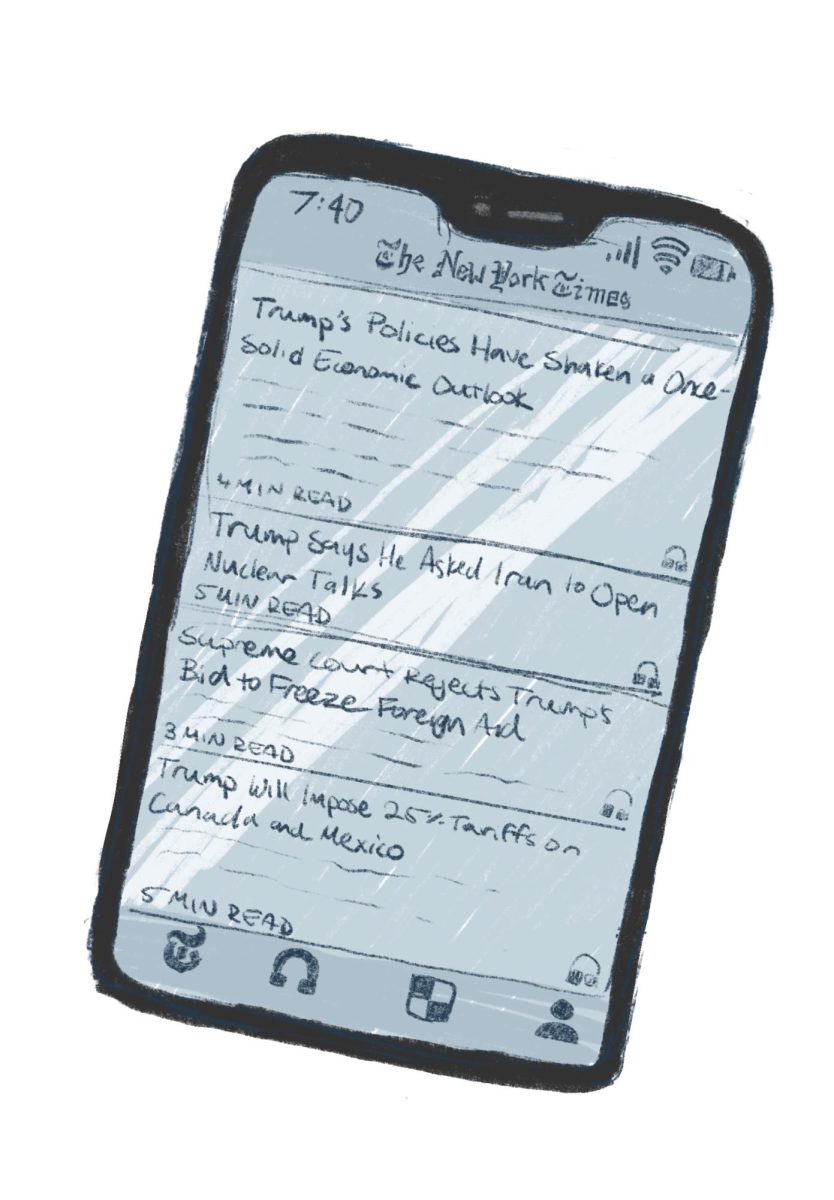Since the start of Donald Trump’s presidency, his administration has rolled out various immigration policies that directly impact the future of international students at U.S. institutions. The uncertainty surrounding international students’ abilities to apply for and obtain student visas at U.S. colleges has created online theories that the 2026 admission cycle will be the easiest year for domestic students to get into U.S. colleges.
Beginning in May and ending on July 18, the Trump administration paused student visa interviews in order to implement a stricter social media vetting process. This pause delayed the process for international students to get visas and increased the probability of visa rejection. On June 4, the Trump administration created new travel bans on 19 countries, which limited students from these countries from seeking educational opportunities in the United States and barred already admitted students from enrollment in U.S. universities. Additionally, the U.S. Department of Homeland Security is in the process of limiting student visas to avoid visa abuse, a term for the action of staying in the U.S. for a prolonged amount of time and partaking in an activity other than what the visa is intended for. According to The Associated Press, 4,700 international students from spring 2025 had their visas abruptly revoked.
Fear of Immigration and Customs Enforcement (ICE) raids, growing nativism and the deportations of college students are thought to cause a decline in international applicants to U.S. colleges. Theoretically, this decline should open up spots for domestic students.
Due to international student decline, lower birth rates in the years 2007 and 2008 and the reintroduction of mandatory standardized tests for college applications, many online college admission advice accounts are spreading the narrative that 2026 will be “the easiest year yet” to get into college.
The loss of international students may also effect universities’ tuition-income. International students mostly pay full-tuition as they are less likely to benefit from financial aid programs. Because a decline in these students has triggered a loss of funds, subsidising more domestic students may not be possible for many universities.
According to Forbes, the financial effects of the loss of international students will have a greater impact on smaller schools, forcing the closure of programs or entire institutions. Dean of College Counseling Monica DePriest explained that there may not be as big of an impact on larger institutions.
“In this country, we have about over 5,000 colleges and universities, but Marlborough students usually only apply to about 150 of them,” DePriest said. “They do tend to be colleges that are popular, and where we may not see this trend that [the media] is talking about.”
While people can make speculations about how the decline of international students will affect the admissions outcomes for domestic students, DePriest says it is hard to make generalized claims because each institution will handle the changes independently. For the more competitive colleges where acceptance is less than 10%, small percentage fluctuations will not change the overall competitiveness of acceptance.
It is more likely than not that there will be similar results and trends in terms of acceptance for the schools that Marlborough students are applying to, but making concrete claims is not quite possible yet until the 2026 admissions process is completed.
Additionally, the online narrative can increase both stress and expectations for the current senior class, as well as perpetuate nativism and classism. Ruby ’26 says these online narratives are harmful, and they heighten anti-immigration rhetoric that international students are taking U.S. spots. Ruby says that even if there were increases in admissions, only those able to afford full tuition would benefit from open spots, therefore amplifying an elitist issue at top colleges.
“How [international policy] trickles down from the macro to the micro right now is difficult to say,” DePriest said.







